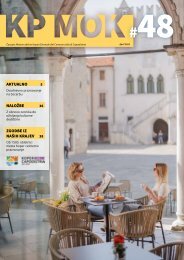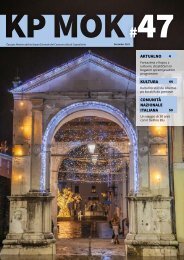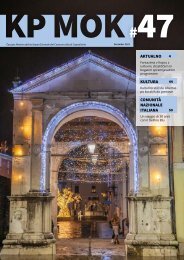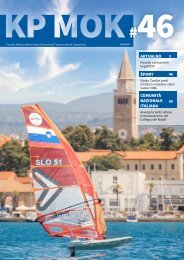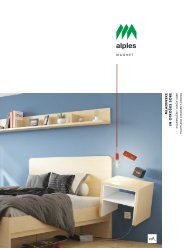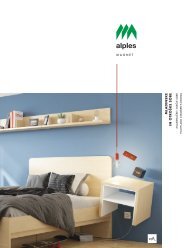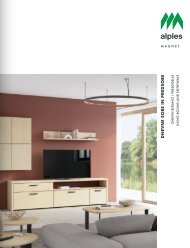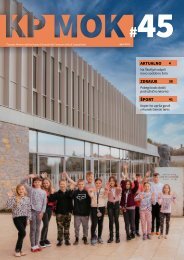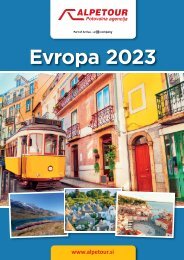EUSAIR - Final Report
Create successful ePaper yourself
Turn your PDF publications into a flip-book with our unique Google optimized e-Paper software.
»European<br />
power system is<br />
one of the most<br />
sophisticated<br />
machines<br />
in the world«<br />
Interview with Uroš Salobir,<br />
Director of the Strategic Innovation Department,<br />
ELES, d.o.o.<br />
The Adriatic-Ionian Region, given its climatic<br />
characteristics, seems a paradise of sun and wind.<br />
How green is the Adriatic-Ionian Region really<br />
in terms of energy?<br />
It’s certainly green. However, the return on investment<br />
in renewable energy sources is not only dependent on<br />
climatic conditions and investment resources, but also<br />
the region’s ability to penetrate other regions in Europe<br />
with its energy. And, of course, that it is able to transfer<br />
energy from these regions back when the system conditions<br />
require it. In the Adriatic-Ionian Region, in order to<br />
achieve this goal, it is necessary to ensure the resilience<br />
of the network through investments, new market mechanisms<br />
and innovations, which will be able to implement<br />
the above.<br />
What good practices in the field of integration<br />
of new dispersed resources can Slovenia offer<br />
to countries of the region?<br />
The Slovene electricity network is very well connected<br />
with neighbouring countries, so it is a strong hub among<br />
some of the most important regional electricity markets.<br />
Compared to the electricity networks of other European<br />
countries, it is relatively small, so of course what is happening<br />
on it also strongly depends on what is happening<br />
in the neighbouring networks. Strong international<br />
involvement and the ability to create major national<br />
projects quickly are our comparative advantages.<br />
The main motivation for designing two major international<br />
demonstration projects (SINCRO.GRID and<br />
FutureFlow) was to address regional challenges related<br />
to the integration of larger amounts of renewables into<br />
the grid and to provide sufficient flexibility resources<br />
needed to regulate the electricity system. In the NEDO<br />
project, with the inclusion of a large number of Slovene<br />
partners and the establishment of a system of integrated<br />
and centrally managed cloud solutions, we actually<br />
introduced a smart grid at the national level. After all<br />
this, Slovenia has a lot of experience in testing new<br />
technological solutions and implementing demonstrations<br />
or pilot projects, which can then be used at the<br />
regional or European level.<br />
How would you summarize your key experiences<br />
from participating in the European Commissionfunded<br />
MIGRATE project through Horizon 2020?<br />
The MIGRATE project was constructed and carried<br />
out due to fundamental changes in the technical<br />
characteristics of the future interconnected system.<br />
38 | <strong>EUSAIR</strong> Slovene Presidency




